Ever caught yourself saying, “Sorry kiddo, I’m just not good at math,” when they come to you for homework help? You might think you’re just venting your frustration or making an offhand comment. But the truth is, remarks like these can have serious implications for your child’s mathematical development. Parents often unwittingly pass on their math anxiety to their children, establishing a harmful cycle that’s tough to break. But don’t despair, you have the power to change this narrative.
This blog post, “Why You Need To Stop Telling Your Child You Are Bad At Math,” is all about breaking down this issue and providing you with the tools you need to tackle it head-on.
This post will delve into the concept of math anxiety – what it is, why it happens and how you can help your child overcome any fears they may have about math. So, buckle up and let’s embark on this journey of discovery together!
The Parental Influence: How Your Math Attitude Shapes Your Child’s Perception
You may not realize it, but your attitude towards math greatly influences how your child perceives the subject. When parents frequently express their difficulty with math, children often internalize these attitudes, growing up believing that they are ‘bad’ at math. This can lead to a phenomenon known as ‘math anxiety’ – a fear and dread of math which can hinder their progress in the subject.
Math Anxiety: The Unseen Barrier
Math anxiety is a real psychological condition. It stems from negative experiences or attitudes towards math, often absorbed from parents or teachers. This fear stifles a child’s potential to excel in maths, creating a mental block that is hard to overcome. Children with math anxiety tend to avoid the subject in school and later in life, which creates a cycle of fear and avoidance that can be hard to break.
An important thing to remember is that math anxiety is not about genuine inability, but a learned fear. When parents repeatedly say they are ‘bad at math,’ it teaches children to be afraid of the subject. This fear then translates into avoidance, causing a cycle that reinforces the belief that they can’t do maths.
Overcoming the Fear: You’re the Key
Overcoming this fear starts with you. As a parent, you need to address your own fears and attitudes towards math before helping your child with math. The way parents discuss math, and even the casual comments made about the subject can have profound impacts on their attitude towards math.
It’s not about becoming a math whiz overnight. It’s more about cultivating a positive attitude towards the subject and showing your child that math is not something to be feared, but rather, something that can be understood and mastered with practice and perseverance.
Remember, your child looks up to you. Your words carry weight. So, make sure they are words of encouragement and empowerment when it comes to math. This way, you can help your child break free from math anxiety and set them on the path to success.
The Power of Positivity: Encouraging Your Child in Math
It’s easy to forget the significant impact our attitudes can have on our children’s mindset and propensity to learn. Our perspective and communication around math, in particular, can influence their confidence and comfort when tackling this subject.
Provide Reassurance Not Pressure
Children often perceive math as a rigid subject with one ‘right’ answer. This perception can fuel their math anxiety, as they fear making mistakes and consequently being ‘wrong.’ It’s essential to shift this perspective and reassure them that making mistakes is a natural part of the learning process. Even if their solution doesn’t hit the mark, praise them for the effort and resilience they’ve shown – this can significantly boost their confidence to tackle mathematical problems fearlessly.
The Value of Persistent Effort
Instilling a growth mindset is crucial in cultivating a positive outlook toward math. Explain that mathematical abilities aren’t set in stone and can be improved through perseverance and consistent practice. This perspective helps them break away from viewing math as a daunting subject and encourages consistent learning.
Provide Constructive Feedback
When helping your child with math, it’s essential to provide constructive feedback. Instead of focusing on the mistakes made, highlight the concepts they’ve managed to understand and offer lucid explanations where they seem to falter. This method fosters a positive and constructive learning environment which can elevate their mathematical capabilities.
Encouragement over Discouragement – Practice Positive Reinforcement
Lastly, but no less important, is the application of positive reinforcement. Celebrate their wins, no matter how small. This will help them associate math with positive experiences and outcomes, dispelling any ingrained fears of the subject and further encouraging the development of their skills.
Remember, your attitude and approach to math can significantly influence your child’s probability of success. Be the beacon of positivity and encouragement in their mathematical journey to shape a confident and capable math student.
Overcoming Obstacles: Strategies to Help Your Child Conquer Math Anxiety
Children soak up the attitudes and beliefs from their primary role models – you, their parent. When it comes to overcoming math anxiety when helping your child with math, there are a handful of strategies you can employ to help them replace fear with confidence.
Create a Math-Friendly Environment at Home
Turn math into a regular part of daily life. When cooking, discuss measurements. When shopping, talk about prices and discounts. Making math a routine part of your day helps dissolve any anxiety, helping your child see it as a normal and manageable part of life.
Educate Yourself First
If you’re also grappling with math anxiety, take steps to overcome your own fears. Invest in resources that help you brush up on your skills. Your increased confidence can directly influence your child’s attitude towards math.
Make Use of Fun Learning Tools
From online games to crafted colour-coded flashcards, many educational tools make math fun and engaging for children. These resources can reduce their anxiety and form a positive perception of math, all while improving their skills.
Seek Professional Help When Needed
If your child’s math anxiety seems unusually severe, consider seeking professional help. Trained educators and counsellors can equip your child with effective strategies to manage their fears and boost their confidence.
By incorporating these strategies into your routine, you can help your child overcome any hurdles they may face while learning math. Remember, it’s not about being perfect at math. It’s about overcoming the fear and embracing the journey of learning.
The Influence of Teacher-Parent Communication in Math Anxiety
You may remember the adage “It takes a village to raise a child.” Well, when it comes to math development, it’s no different. The significant influence of teacher-parent communication in math anxiety can be likened to the adage, “It requires a supportive network to raise a mathematically confident child.”
Keeping an open line of communication with your child’s teacher can do wonders in alleviating math anxiety. By doing so, you are proactively assisting in your child’s daily learning journey. This gives you a firsthand insight into their mathematical understanding, shedding light on areas for improvement and spaces wherein they excel.
Teachers can offer useful tips and strategies to cultivate a positive math attitude. They have substantial experience under their belts, making them knowledgeable about various teaching methods tailored to your child’s specific needs. Therefore, their input is extremely invaluable.
Additionally, teacher-parent communication enables you to align your efforts at home with the lessons in school. Consistency is key in any learning process, and math is no exception. With suitable alignment, children can better grasp and absorb mathematical concepts, further boosting their confidence and reducing anxiety.
To quote a well-regarded cliché: ‘Knowledge is power.’ The more you are engaged in your child’s mathematical learning process, the better you can support them to surmount the anxiety that may come their way. Rest assured, every child has the potential to be good at math. It’s up to us, as parents and educators, to guide them towards unlocking that potential.
In conclusion, let’s absorb this profound truth: Each one of us can be proficient at math, ourselves and our children alike. The journey towards overcoming math anxiety begins with ceasing to claim ‘bad-at-math’ status. By baking an atmosphere of positivity around math, practicing constant reassurance, persistence, and providing gainful feedback, we can spread the joy of mathematics.
Remember to always stay in touch with your child’s teachers and never hesitate to seek professional help when necessary. Ultimately, our united front against math anxiety can illuminate the path for our children to walk confidently into a bright future with numbers, logic, and problem-solving.
For more resources on helping your child with math, and homework help support, sign up for our eBulletin!



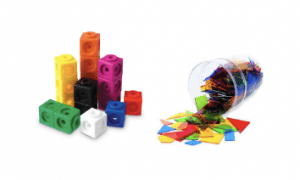

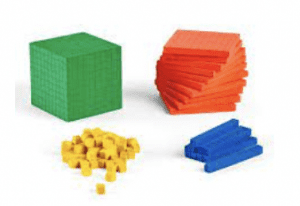
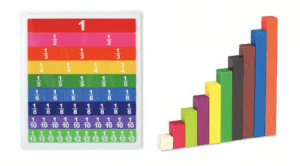
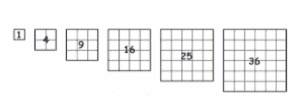
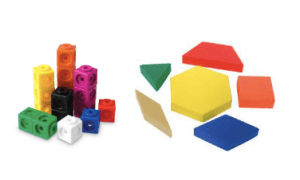
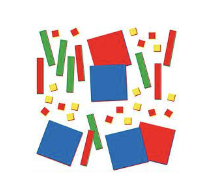
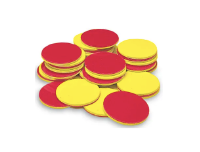

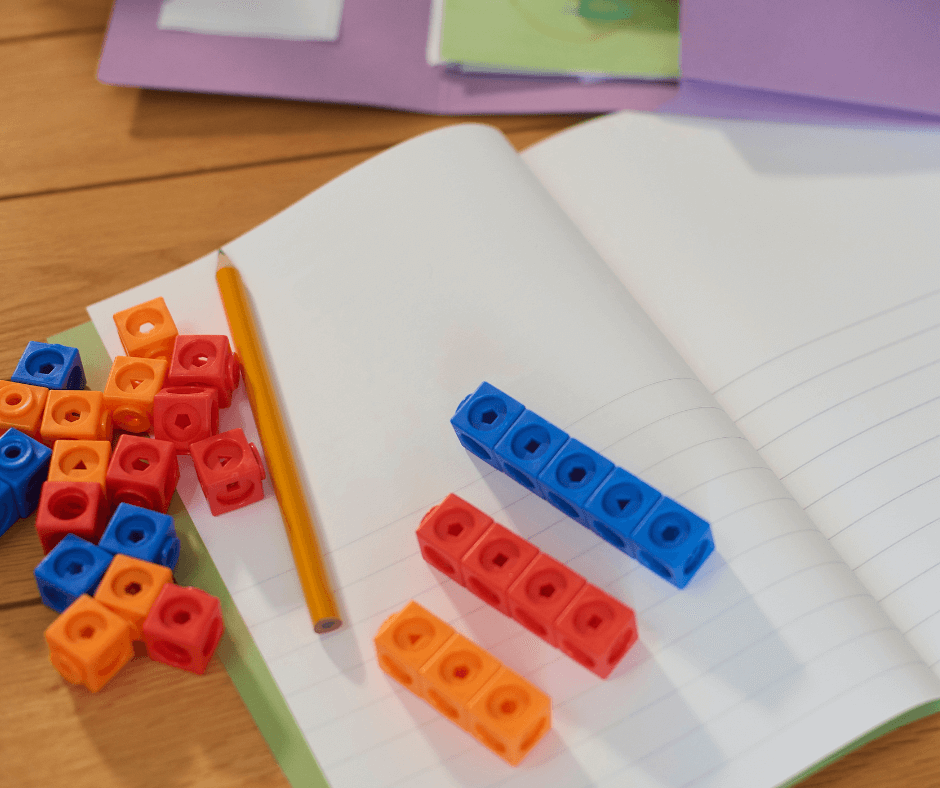 They can gain a concrete understanding of the math concepts by touching and moving the manipulatives.
They can gain a concrete understanding of the math concepts by touching and moving the manipulatives. 
